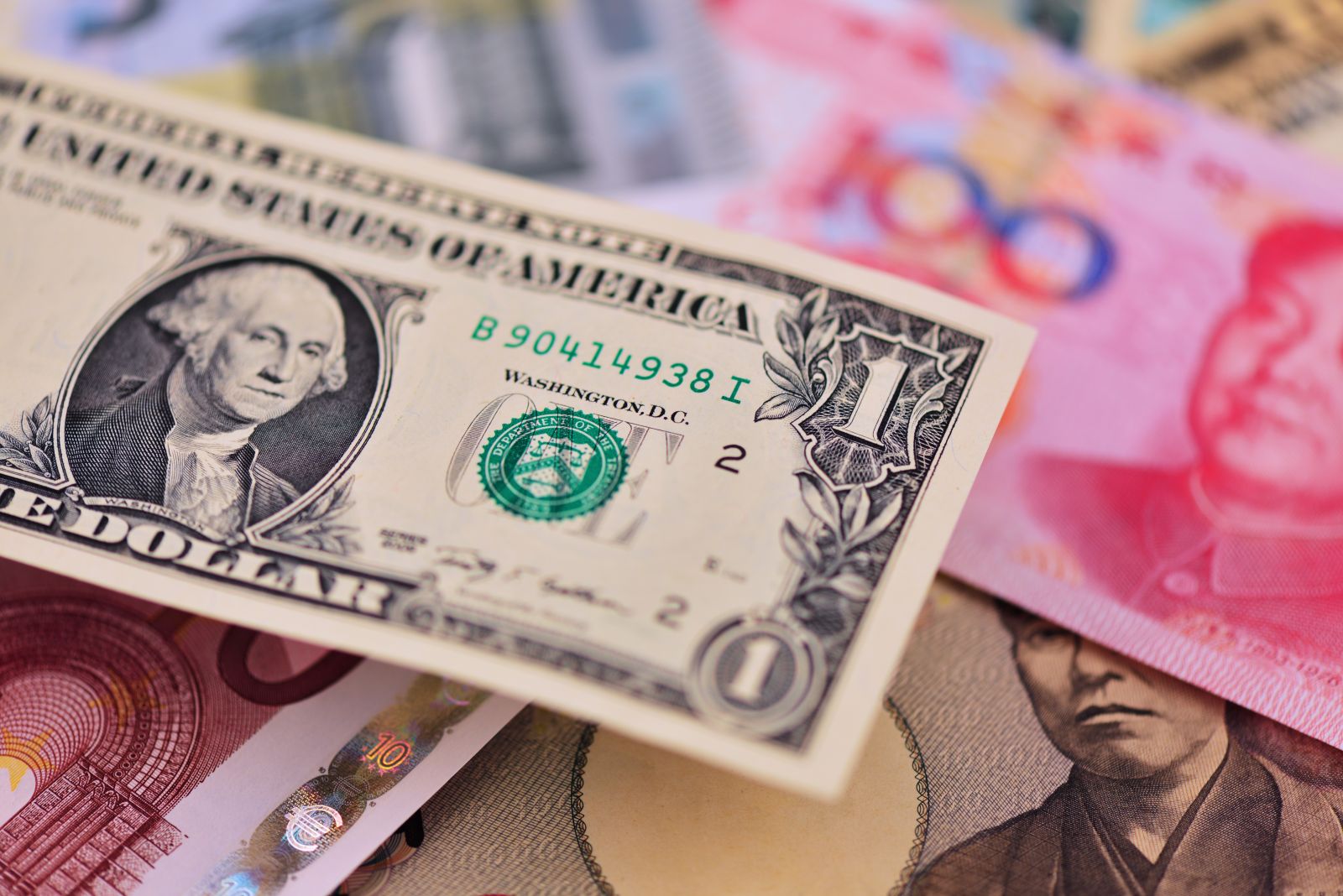Genocide in Gaza, China growth beating forecasts, star-struck US dollar boosted oil prices
ALBAWABA – Oil prices spiked on Wednesday after Israeli occupation forces bombed a hospital in the besieged Gaza enclave, killing hundreds of patients, women and children, and heightening tensions across the Middle East region over the escalating genocide in Gaza.
The United States (US) dollar stalled, on the other hand, as news of China beating growth expectations in the third quarter of the year shocked the markets.
Israeli bombardment of the Baptist hospital in Gaza sparked protests across the Middle East and heightened tension in the region, as confrontations escalated in Palestine’s West Bank.
Concerns that the genocide in Gaza would draw the entire region into open war, which would disrupt oil and gas supply from the crude-rich region, caused another spike in oil prices.
Brent crude futures rose $1.55, or 1.7 percent, to $91.45 a barrel at 0810 GMT, Reuters reported, and West Texas Intermediate crude (WTI) futures surged up $1.66, or 1.9 percent, to $88.32 a barrel.
Both benchmarks gained more than $2 earlier in today’s session, touching their highest levels in two weeks.
Markets weighed the risks of further escalation, as Jordan cancelled a summit it was to host with the US, Egyptian and Palestinian leaderships to discuss the genocide in Gaza and methods of de-escalation.
Meanwhile, better-than-expected growth in China also bolstered oil prices and shocked the US dollar into a halt, according to Bloomberg.

A weaker US dollar usually means higher oil prices and a stronger Yuan - Shutterstock
The US dollar index was marginally lower at 106.19, Reuters reported.
Oil prices up on demand expectations from lower US inventories, stronger China growth as Gaza front boils
The gauge, which tracks the greenback against six major peers, rose 0.53 percent on Wednesday but remains below an 11-month high of 107.34 touched last week.
On the other hand, China's yuan hit a one-week high of 7.2905 per dollar, before slipping to 7.312, the Canada-based news agency reported.
In the Asia-Pacific, the China-sensitive Australian dollar, was last up 0.24 percent at $0.6381, while the New Zealand dollar was 0.18 percent higher at $0.5907.
Elsewhere, the euro was steady at $1.0571, while the pound sterling was up 0.1 percent at $1.2194 after data showed British inflation failed to fall as expected in September.
Higher inflation supports expectations of another hike in interest rates, boosting the respective currency of the country.
In Palestine, the Israeli shekel was pinned to its lowest level since 2015, at 4 shekels per US dollar.
In the meantime, on the demand side, US crude stocks fell by 4.4 million barrels in the week ended October 13, which is much steeper than the expected 300,000 barrels, according to Reuters, citing sources and the figures from the American Petroleum Institute published Wednesday.
Lower stocks, combined with a tinderbox situation in the Middle East and stronger demand from China, boosted oil prices, against a star-struck US dollar, giving leeway for the rise of crude.









